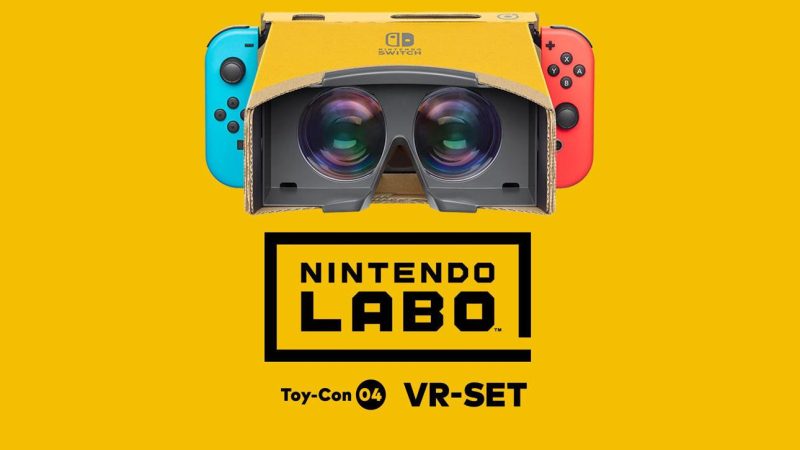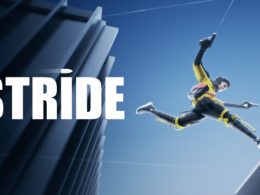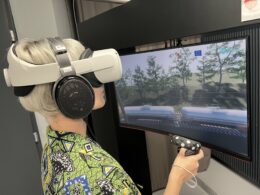The year was 1997, and the author of these lines imported the "Nintendo Virtual Boy" from the USA, which had already failed by then, as curiosity overrode all reason and budget considerations. More than 20 years after this colossal failure, "Big N" now wants to try again and sends several Labo VR kits into the race. Will the well-known Nintendo magic cause a storm of enthusiasm here, especially among a younger audience, or will the doubters be right, who warn that the resolution and frame rate are too low? We have once again tinkered and plunged into the newly created cardboard VR experiences. In addition, VR functionality will soon be added to the mega-sellers Super Mario Odyssey and The Legend of Zelda: Breath of the Wild. So is the whole thing also something for hardcore gamers? Find out here.
https://www.youtube.com/watch?v=uOjcbdAU5Gw
First of all, it is important to note how "Labo VR" compares to other VR solutions. Because of course you can't expect several hundred francs worth of technology here like with the Oculus Rift, the HTC Vive or PlayStation VR. Rather, this kit includes several different mounts to tinker with yourself (along with a lens that enables the VR experience). These are then, unlike most smartphone VR mounts for example, each geared towards a very specific gaming experience, and are intended to enhance the "in the middle of it" feeling even further. In addition to the "complete" set for about 80 Swiss francs, which we tested, there is also a basic set for half the price, which can then be expanded with the remaining VR toy-cons if needed and liked.
The various VR Toy Cons
In this section, we give an overview of the contents and basic features and functions of the "Nintendo Labo: VR Set". Our impressions of the game will follow in the next section.
Toy-Con VR glassesThe most basic and, especially for those who are eager to play Mario and Zelda in VR, the most important part of the set. Here you make a more or less ordinary holder into which the Switch can be inserted. The Joy-Cons remain attached to the left and right of the device. The reason for this is that (as with the other VR Joy-Cons) there is no headband or anything similar, so you have to hold the Switch and the VR glasses in place so that they don't fall to the floor. In this state, you can already experience some virtual mini-games. But the VR glasses are mainly there to "plug" them into the following Toy-Cons. This way, the entire set gets by with a single pair of lenses, so you don't have to laboriously remove them every time you want to use a different Toy-Con. Instead, you simply grab the VR goggle insert with one hand and slide it into the creation you want to use next.
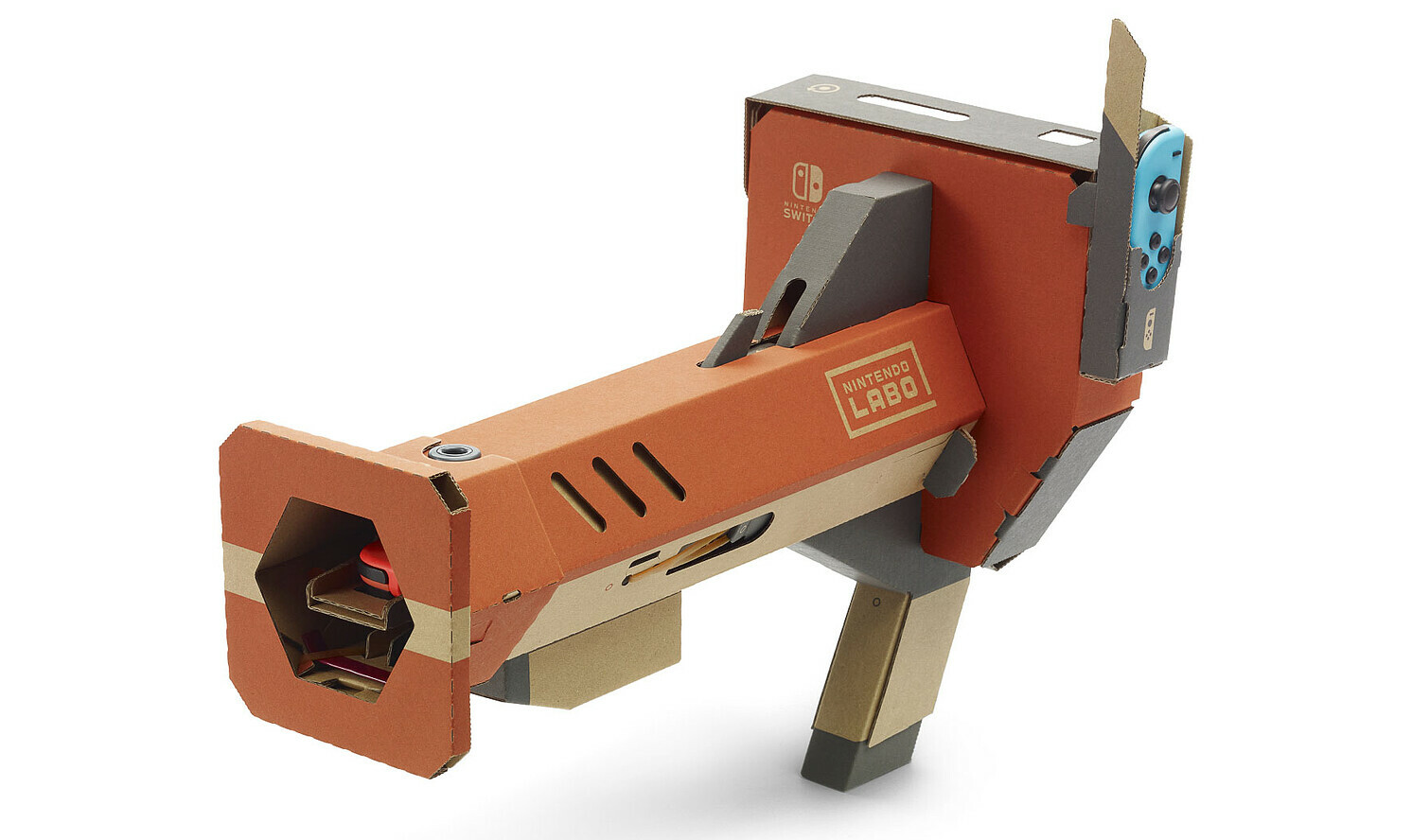
Toy-Con Blaster: This cardboard gun produces some really cool gimmicks in conjunction with the software. One Joy-Con is attached to the side of the blaster, while the other is in the barrel, so to speak. This way, your movements are tracked, for example in a mode where you move through the streets of a city and have to shoot alien invaders. These, of course, appear in all possible directions (including above you), and you thus make use of the full 360 degrees of VR. A cardboard pump mechanism to reload, and of course a trigger to shoot are extended by the possibility to tilt the left Toy-Con, which stops time in this mode. Several levels including boss fights await you here. There are also other ways to have fun with the blaster, including the possibility to have a two-player competition with hippos by passing the VR Switch around.
Toy-Con wind pedalA wind pedal? What exactly is it supposed to do? In principle, it is similar in design to the accelerator pedal from the Labo vehicle set, which has been available for some time. The idea behind it is actually that you can use it to fan the wind. One example of its use is a nice little game in which you have to jump over approaching obstacles as a frog by stepping on the pedal. And what does a frog feel when it jumps high? Exactly, a breeze. Kind of absurd, but somehow also typical of Nintendo to (successfully) put such an idea into practice.
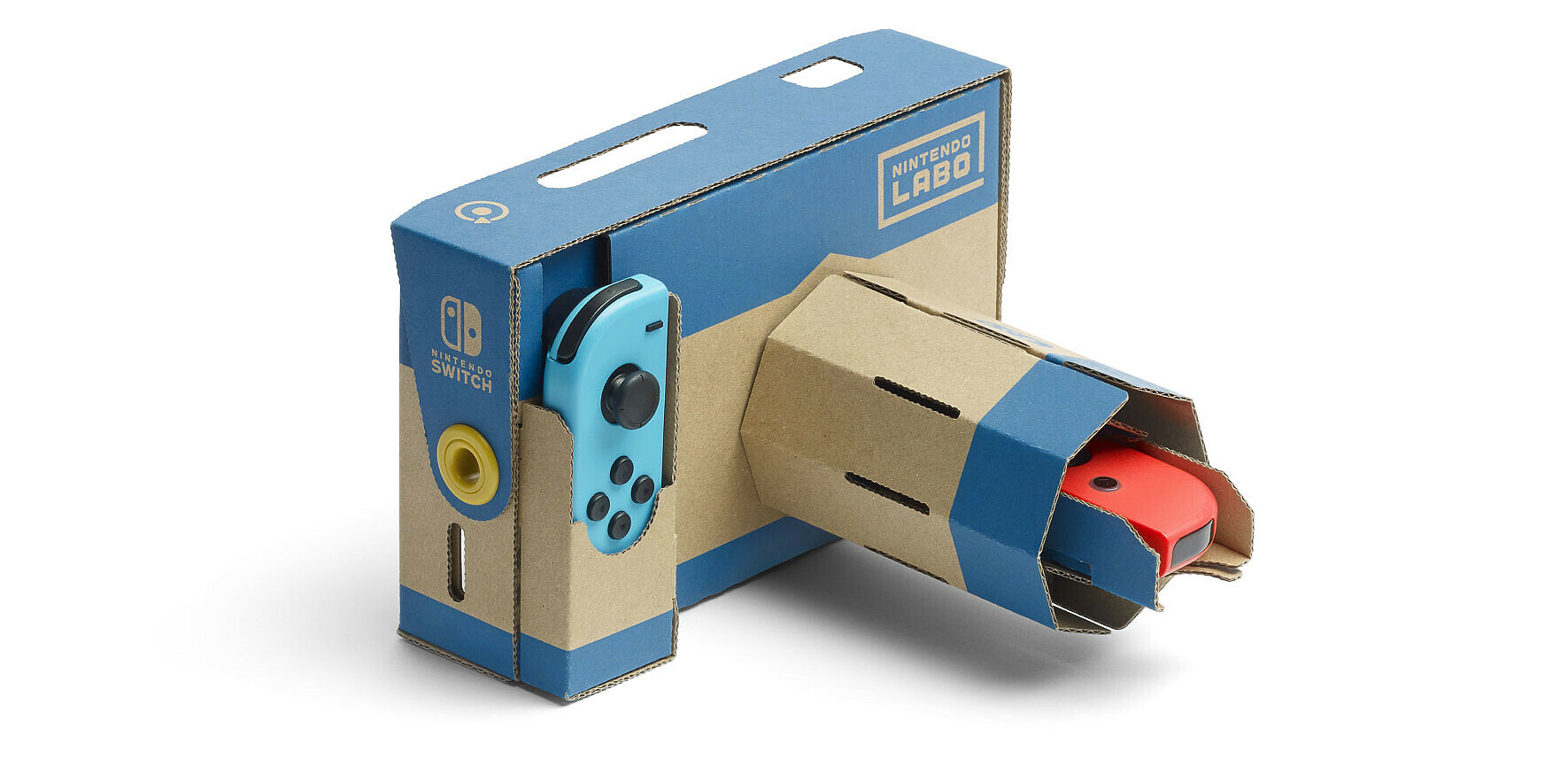
Toy-Con CameraThe idea of a VR camera is much closer. Because what is the first thing you do as a "VR noob"? Exactly, you look around and would love to capture the most beautiful moments. And that is exactly what is possible here. How about a dive, for example, during which you take pictures of the underwater world and the animals there? But here, too, you can see the creativity that Nintendo displays with these cardboard creations. The "lens" at the front of the camera is of course made of cardboard, but you construct the whole thing in such a way that it can be turned just like in "real life". Thanks to clever Joy-Con placement, the Switch also recognises this, of course, and you can zoom in and out - ingenious. There is also a somewhat unusual setting in which you take photos and complete missions in a pretty crazy house with equally crazy inhabitants, just waiting for you and your camera.
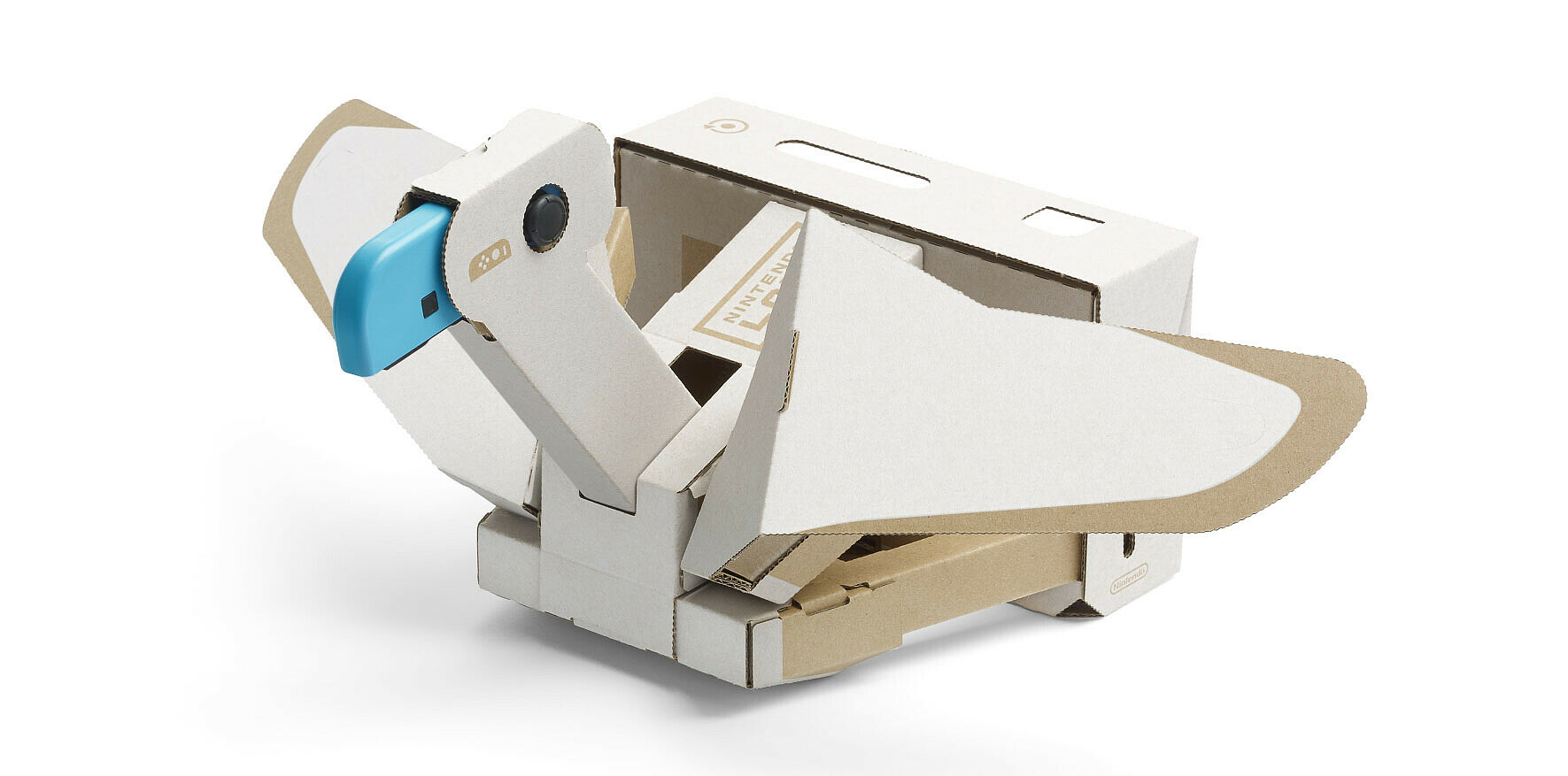
Toy-Con birdBut let's get back to more crazy creations. Have you ever made a cardboard bird with moving wings and held it up to your face? That's what we thought. But that's exactly what you do here. In the game, you play as a bird exploring a group of islands and use your hands to keep the cardboard wings moving. If you have more Joy-Cons, you can also add a cardboard extension or use the wind pedal to fly even faster. There is also a lot of content here, from collecting food (which is fed to chicks who then join you) to flying courses.
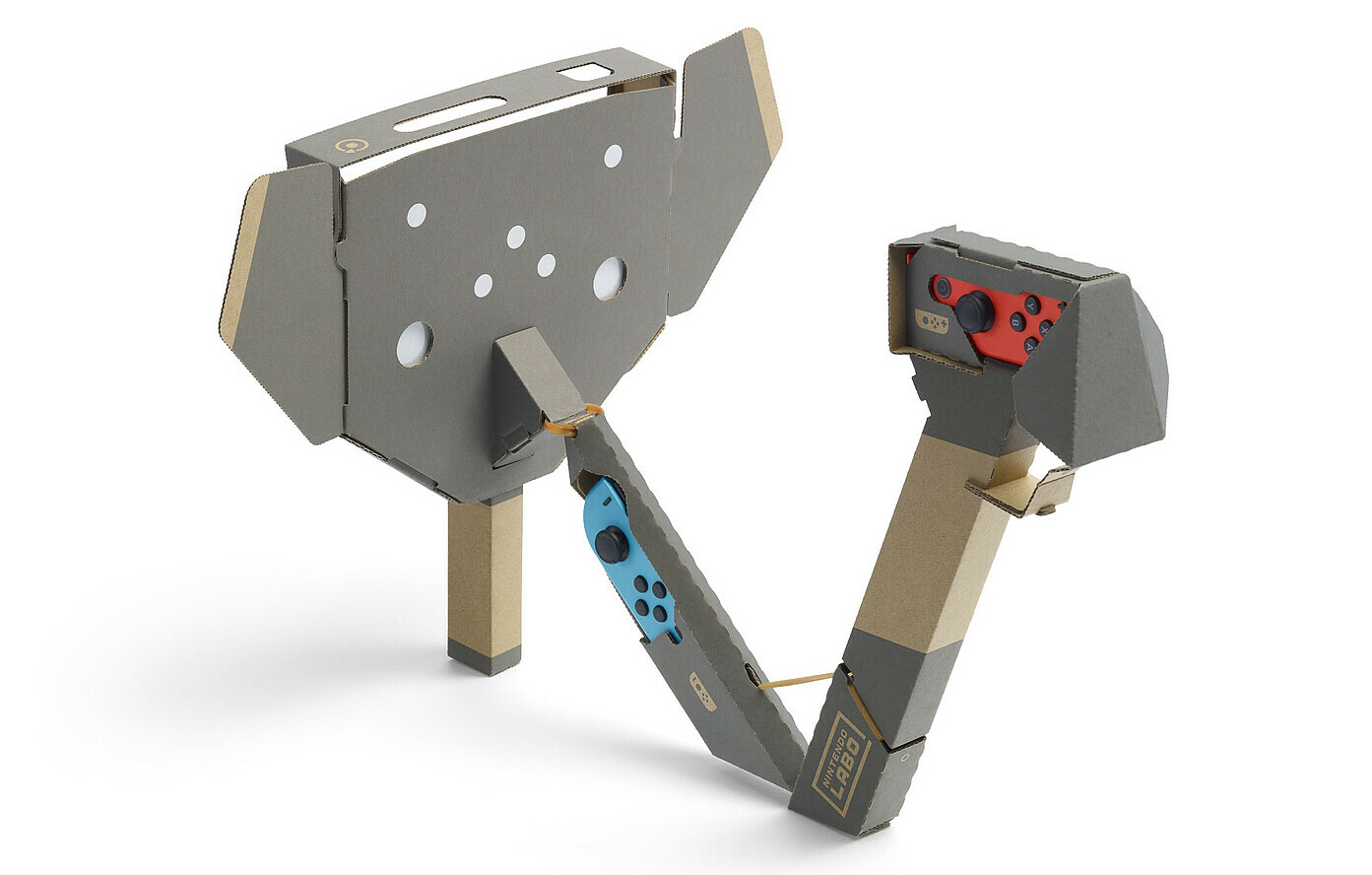
Toy-Con ElephantYes, you read that right, an elephant's head and trunk are also part of the Labo VR package. However, the gameplay applications don't necessarily have too much to do with elephants or trunks. For example, you can use the "trunk" as a paint hose to create a solid 3D object. Simply draw it in the air, add other elements and decorate it. Or a version of the Monday Painter (anyone remember that?) is on board, in which you draw something in VR, then pass the whole contraption around and your fellow player has to guess what it is. There is also a series of marble run levels where you have to grab elements and pull them into place or otherwise intervene to get the marbles safely to their destination.
Gameplay check
That all sounds quite varied, but does it work and, more importantly, is it fun? We can answer both questions with a resounding "YES"! Sure, visually the Switch has its limitations as a VR vehicle and other VR solutions have more sophisticated tracking systems. But it's really incredible what Nintendo has achieved here and how well everything works. And there are not only limits, but also very unique possibilities due to the tinkering concept. In any case, we were happily surprised at how fun even some of the mini-games, which come without a larger gameplay context, are. The secret of success here is that all the different little games are fun in their own right, even if they don't usually have much game depth or long-term motivation on their own.
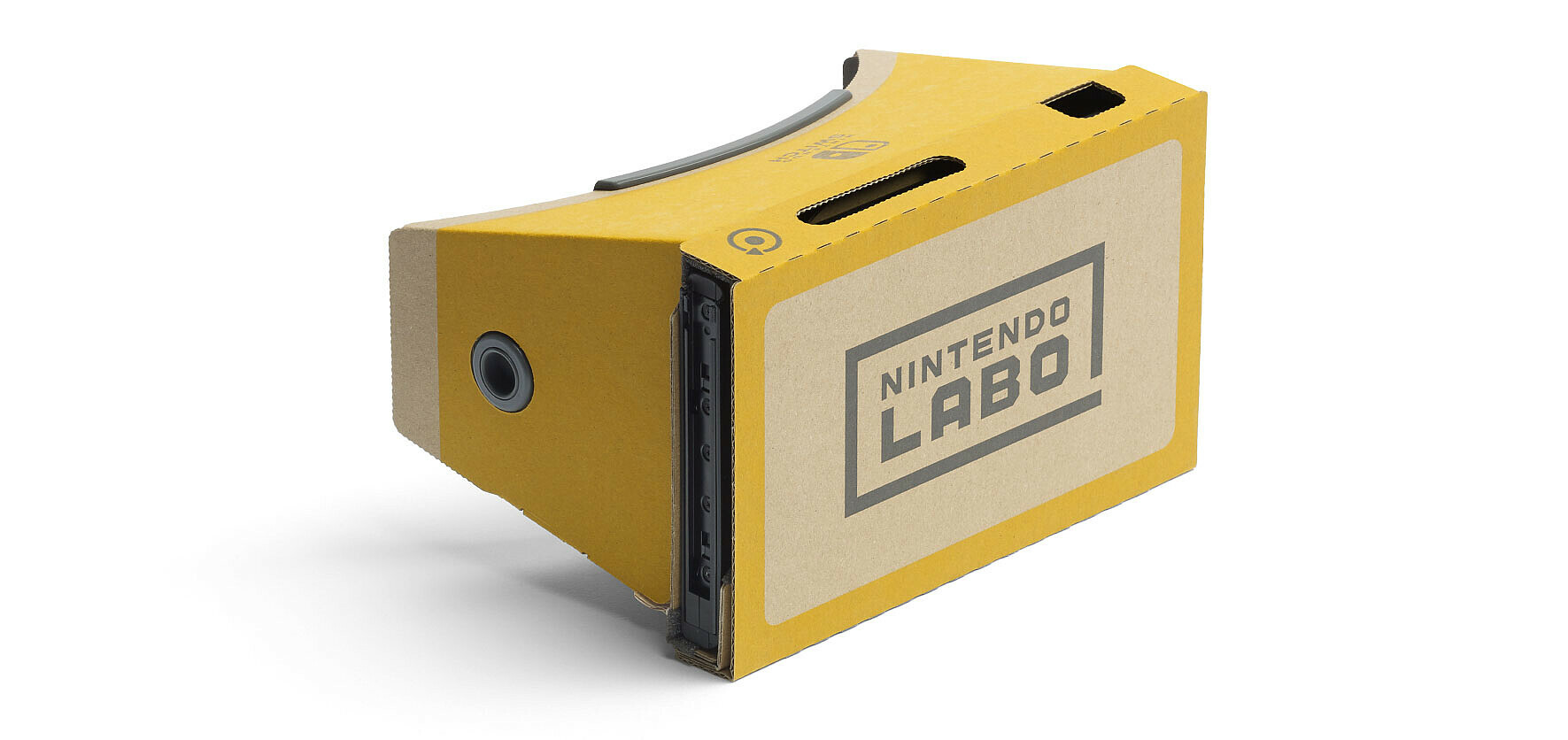
But they don't need to, because there are so many other things to experience. And while there are some glorified demos that really don't have much meat on the VR bone, games like the aforementioned bird island exploration or the battles in street canyons with the blaster offer a lot of variety and really immerse you in VR. Of course, the game experiences in Labo are, as always, not aimed at the really hardcore gamers, but should also be accessible to younger children (from the age of 7) or inexperienced gamers (such as a friend or relative). And this is where Nintendo shines. Of course, Oculus Rift and HTC Vive offer more precise tracking and more effective and better graphics. But it is precisely the quite simple (and yet charming) graphics that ensure that you don't lose track of the game because of a fireworks display of effects; instead, you concentrate on the most important things. And the toy-cons are so sophisticated that the gameplay experiences tailored precisely to them simply work first-class. We would have loved to try out Super Mario Odyssey and Breath of the Wild, but the functionality will only be added here in a patch in the near future.
Nevertheless, even so we had an unexpected amount of fun and were impressed by how much content is offered. Also, the fact that VR actually requires a higher frame rate so that it doesn't get bad (at least for the VR-untrained gamer) is largely circumvented in this way. Because this effect only sets in after a certain amount of time, but you don't hold the Labo VR gadgets in front of your face for half an hour at a time. Instead, you switch from one fun activity to the next every now and then and have time in between to catch your breath and give your eyes and brain a little break.
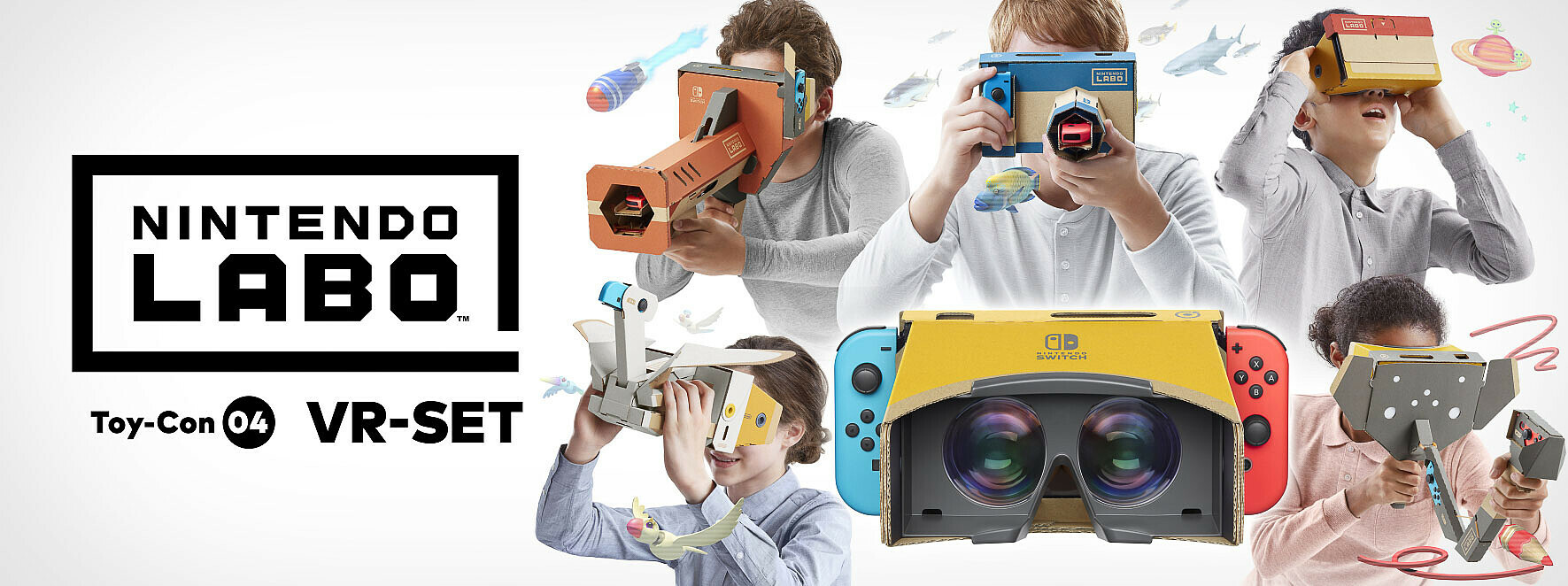
As with the previous Labo sets, a not inconsiderable part of the entertainment here is putting everything together first. It's simply fun to create something quite complex with your own hands (and those of your junior, if need be). The interactive instructions are, as usual, absolutely first-class. The basic VR goggles can be assembled in just under 45 minutes. The other toy-cons take somewhere between one and three hours, with the blaster being the most complex of all the equipment. In total, you will need eight to ten hours to assemble everything. That sounds like a lot at first, but first of all, it's really fun to build, and secondly, you don't have to assemble everything in one go, but you can dive into new VR experiences with the new Toy-Con after each success if you want to. As with other Labo sets, you can also let off steam in the "Toy-Con workshop". This lets you create your own little VR experiences by creating rules and links in a visual programming tool. Although this does have its limits, it is essentially designed to be understandable even for younger Labo fans. Nevertheless, it naturally takes some stamina and training to really create something entertaining with it.
Finally, our conclusion is that Nintendo has completely convinced us with "Labo VR". The many, many small and also some somewhat more extensive VR experiences are simply made with an enormous amount of heart and soul, and provide a wonderful, successful introduction to virtual reality, especially for newcomers. Yes, of course many worlds in more expensive VR headsets are much more detailed and therefore also more "realistic". But Nintendo has once again managed to get the most out of (technically) little and let the special strengths of its own product really shine. In any case, even we as now old VR hares had an unexpected amount of fun here.





